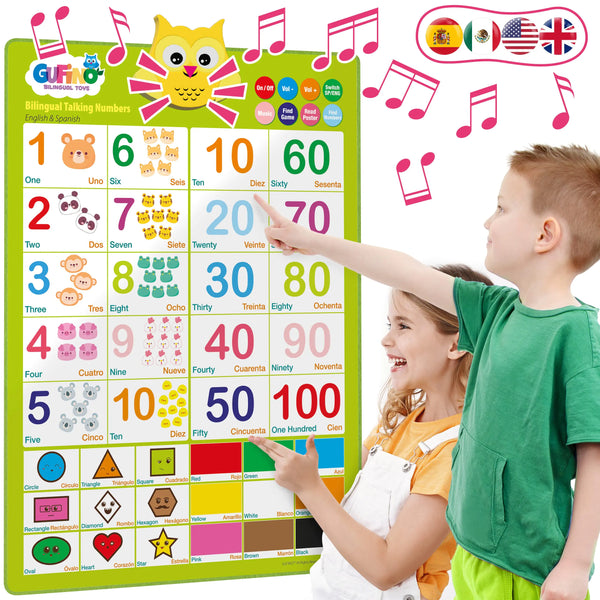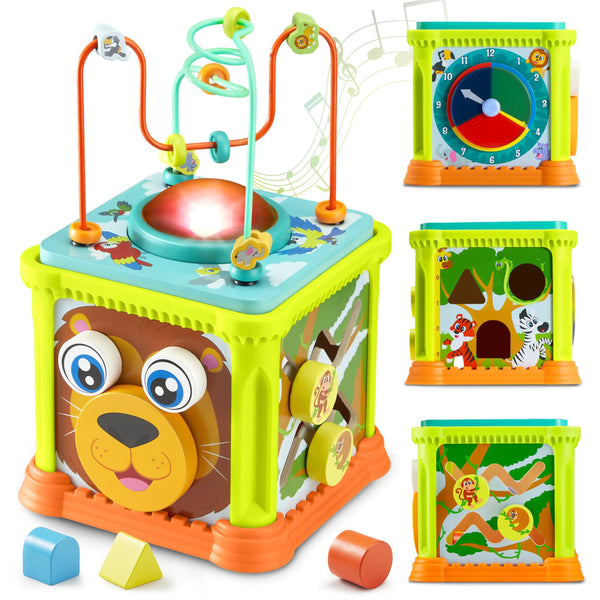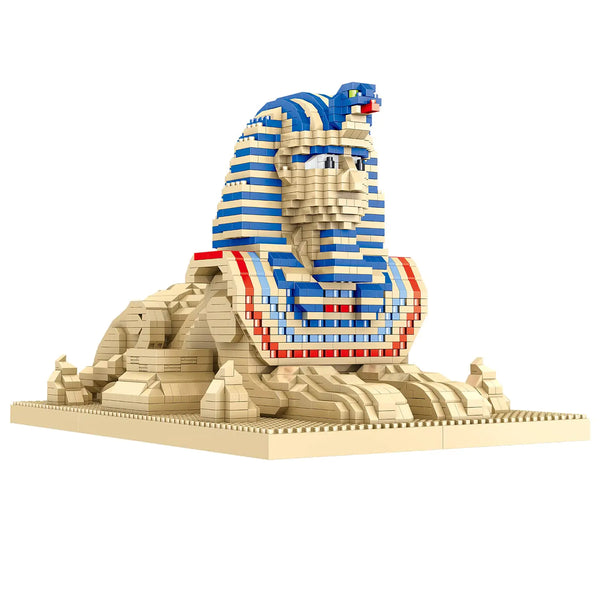Sparking Curiosity: A Parent's Guide to Teaching Kids About Electricity Through Play
Let’s be real, the word "electricity" can sound a bit intimidating when you’re thinking about toys for your kids. We want our children to be the next big innovators, but we also want to make sure they aren’t sticking a fork in a toaster. The good news? Teaching your kids the fundamentals of how power works doesn't have to be a dry science lecture. In fact, it can be one of the most entertaining ways to spend an afternoon.
By using safe, hands-on toys designed to demonstrate electrical concepts, kids can move past just "flipping a switch" to truly understanding the why behind the glow. Whether they are building their first circuit, playing with solar-powered gadgets, or learning the logic of coding, electric toys turn abstract science into a tangible adventure. At Homekartz.com, we believe that the best learning happens when children are too busy having fun to realize they’re becoming mini-engineers.
Understanding the Flow: An Intro to Currents and Circuits
Electricity is basically the backbone of every buzzing, whirring, and glowing toy in the playroom. To help your kids get a grip on it, it helps to think of electricity as a journey. It’s all about the flow of an electric charge, and that flow needs a clear path to get anywhere.
Think of Currents as a river. It’s a steady stream of tiny electrons flowing through a conductor, bringing the energy needed to wake up a toy car or light up a dollhouse.
Circuits are the roads those "rivers" travel on. For the magic to happen, the road has to be a complete loop. This brings us to the difference between Open vs. Closed Circuits. A closed circuit is like a green light—the path is complete, and the toy springs to life. An open circuit is like a bridge being out; the flow stops, and so does the fun. Using simple circuit-building kits is a fantastic way to let kids "see" these invisible roads in action.
Conductors vs. Insulators: A Hands-On Exploration
One of the coolest "aha!" moments for a kid is realizing that electricity can move through some things but not others. Understanding the difference between conductors and insulators is a total game-changer for how they view the world around them.
You don't need a lab to teach this—you just need a basic battery-and-bulb kit and a few things from around the house. We love making it a prediction game. Grab a metal spoon, a rubber eraser, a coin, and a plastic brick. Ask your child: "Do you think the light will turn on if we use the spoon?"
When they see that the metal spoon (a conductor) lets the light shine, while the plastic toy (an insulator) blocks the path, the concept sticks. It’s a safe, fascinating way to show them why wires are made of metal but wrapped in plastic. It’s these simple experiments that spark a lifelong curiosity about how everyday objects actually work.
Battery Basics: Voltage and Power Sources
If the circuit is the road, the battery is the engine. Batteries are the silent powerhouses of the toy world. Understanding them helps you choose the right educational toys and keep them running safely.
When talking to your kids about batteries, you can describe Voltage as the "push." It’s the strength or pressure that drives the energy through the circuit. Different toys need different amounts of "push" to work. You'll also run into different types of batteries, from standard alkaline to rechargeable lithium-ion.
A quick tip for the parents: always check the capacity (measured in mAh). This tells you how much "fuel" the battery can hold and how long the playtime will last. Matching the battery to the toy's specific requirements isn't just about performance—it’s about making sure the toy operates at a consistent, reliable level, which helps your child stay focused on the learning.
Choosing the Right Electric Toys for Learning
When you're hunting for that perfect electric toy, safety is the non-negotiable top priority. You want that sweet spot where the fun is high, but your stress level is low.
Battery Safety is the first thing to look for. Ensure that power sources are tucked away behind secure, screw-closed compartments so curious little fingers can't get to them. Toys with battery charge indicators are also a huge plus—they help prevent overcharging and keep the battery healthy and safe.
The build quality matters just as much as the tech inside. Look for stable, sturdy designs with wide bases to prevent tipping. For high-energy toys like ride-ons, make sure they have safety belts and controlled, low-speed settings.
The best part? When you pick a toy that matches your child's specific interests—whether they love robots, cars, or building cities—they engage deeper and learn faster. At the end of the day, it's about providing a safe space for them to explore, innovate, and discover the "spark" of science.


















